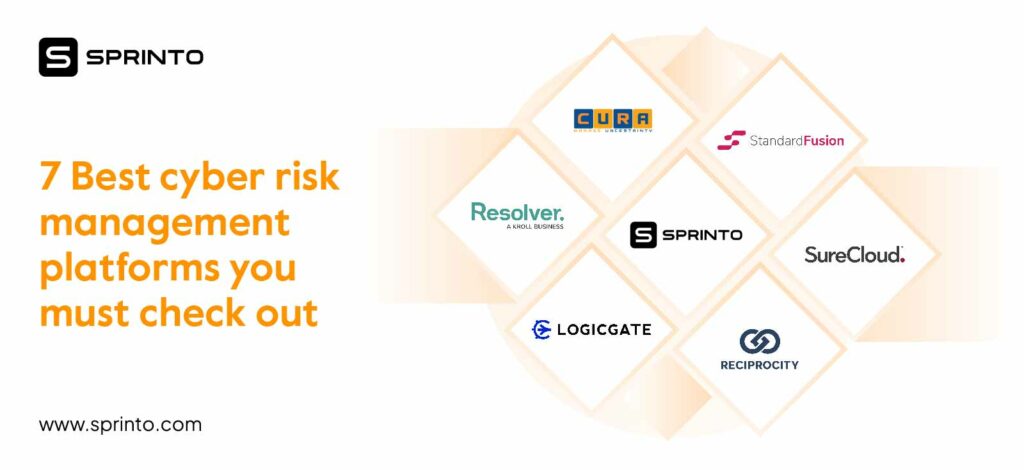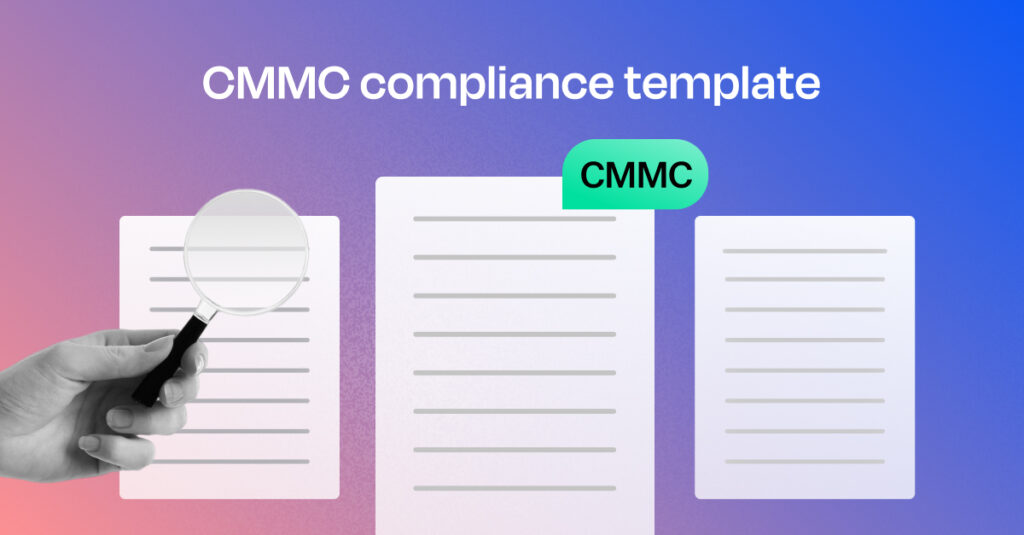Glossary of Compliance
Compliance Glossary
Our list of curated compliance glossary offers everything you to know about compliance in one place.
SOC 2 Entity-Level Mapping
SOC 2 entity-level mapping ensures that all parts of your company’s data and systems are well-connected and secure. It’s similar to securing a huge 14-bedroom mansion, where you want to protect each room with a unique key and ensure no intruders can enter.
Here, the unique key to each room keeps people out. And just like that, entity-level mapping in SOC 2 ensures that unauthorized access is prevented in an organization’s data systems at an asset level.
SOC 2 entity level mapping example
Let’s say you are a company that uses multiple cloud services to store and process data. Each cloud service is like a room in the house; the data stored there is valuable and must be protected.
Now, entity-level mapping ensures that all these cloud services are synchronized and work together. It ensures that the company’s main accounts in each cloud service are managed by the latest best practices and are secure.
Even if there are 100,000 different parts or data points in the organization, and the company can only account for 45,000 of them, entity-level mapping helps look for any “invisible” or overlooked areas.
Each employee has unique credentials, which are valid for predefined functions, assets, and locations based on the nature of their job (username and password or other authentication methods). This way only authorized personnel access to specific data or areas is granted, and unauthorized entry is minimized to a great extent.
Also, having “23 different keys for every door” signifies the principle of least privilege in information security. Everyone should only have access to the data or resources needed to do their job.
Additional reading
7 Best Cyber Risk Management Platforms
CMMC Compliance Templates [Download Free Policies]
What are the Top Three Cyber Security Goals?

Sprinto: Your growth superpower
Use Sprinto to centralize security compliance management – so nothing
gets in the way of your moving up and winning big.



